Search Results for 'army'
169 results found.
Coláiste Éinde, founded 1928
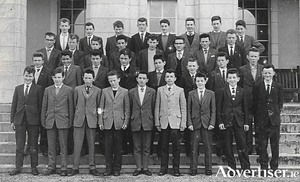
Coláiste Éinde was one of the institutions founded by the State shortly after attaining freedom. It initially suffered from ‘growing pains’. It started on October 23 1928 in Furbo House, and later moved to Dublin before eventually finding its home in Threadneedle Road. The building was constructed by Stewarts to house St Louis nuns attending UCG and also for a girls’ organisation.
Pomp and circumstance, and one unmarked grave
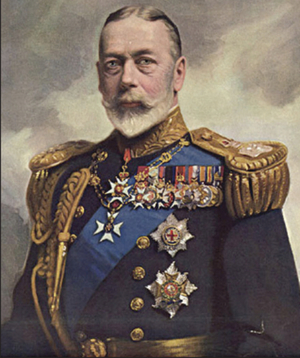
On June 12 1922 a very special ceremony took place at Windsor Castle, near London. Following the establishment of the Irish Free State the previous December, five Irish regiments, including the Connaught Rangers, the Royal Irish, the Leinsters, the Munsters, and the Dublin Fusiliers, which had served the British army with exceptional valour at times, were disbanded. It was a day of special significance for both the participants and onlookers.
Public lecture on Costa Rica’s peace tradition
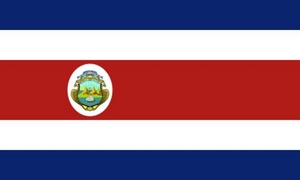
Costa Rica’s struggle to promote peace and oppose militarisation and aggressive foreign policy from more powerful neighbours will be the subject of a public lecture.
Two new recruits for the Connaught Rangers

This very fine painting ‘Listed for the Connaught Rangers, recruiting in Ireland 1878’, was painted by Elizabeth S Thompson, but following her marriage to Lieutenant General Sir William Butler of Bansha Castle, Co Tipperary, is best known as Lady Butler. It is not only extremely unusual for a woman artist to have so successfully worked in the highly masculine field of military art, but Lady Butler was an exception in many ways. She was an innovator, particularly in her sensitive and humane depiction of the ordinary soldier. Detail was all important. She was a regular visitor to Chelsea Hospital, and other retirement homes for soldiers, to question survivors, sometimes getting them to re-enact a particular scene.
‘ When I drop this handkerchief, fire and spare no man’
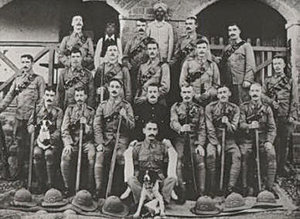
Perhaps fearing that the refusal by Irish soldiers to carry out army duties in Wellington Barracks at Jullundur, northeast India, on June 27 1920; and that the mutiny would spread to an already sympathetic native population, leading to a general protest such as at Amritsar the previous year, the army authorities quickly took decisive action. The commanding officer, Lt Col Leeds, strode into the crowd of excited and rebellious soldiers, demanding to speak to its two leaders John Flannery and Joe Hawes. He warned the men that they could be shot for this; that such behaviour only excited the natives to rebellion. Hawes, smoking a cigarette, replied that he would rather be killed by an Indian bullet than by a British one (His disrespectful attitude to his commanding officer was noted).
Album review: Belle and Sebastian
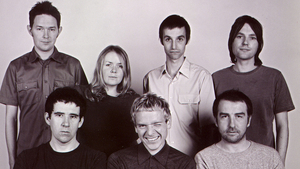
THE TWIN peaks of Belle and Sebastian’s artistic achievements, 1996’s If You’re Feeling Sinister and 2003’s Dear Catastrophe Waitress, have set a high standard for a band that, over its long career, has regularly delivered quality work.
Two boys from Loughrea
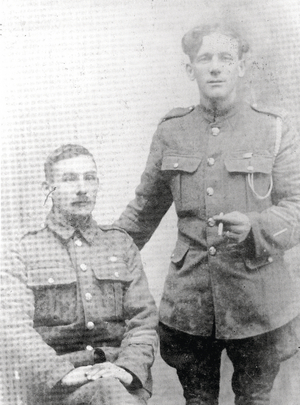
At the beginning of the last century, two boys grew up together in Loughrea. Socially they were far apart, but they were great friends. John Oliver was from a particularly poor background. His family lived in a tiny lean-to shack out on the Galway road on the edge of the town. His friend was Tom Wall, who lived in a comfortable house on Patrick Street. John enjoyed visiting their home. His friend played with a band, The Saharas, and there was often music and fun in their house, shared by his brother Ray, and their attractive sister Cissie.
Six Furey brothers did not return to Loughrea

When it comes to the story of Galway and World War I there is no better man than William Henry. He came upon ‘the secrets in the attic shoe box’ some years ago when writing in a parish magazine he mentioned a relation of his in that war, and surprisingly opened a Pandora’s Box. People met him on the streets and told him that their grandfather, great-uncle, or cousin, or family friend also fought in that war. They had a box of their medals and uniform, letters or diaries somewhere at home.
‘Of all the comic operas I know, this one is absolutely perfect’

FAMOUS FOR its spellbinding music and sublime arias, especially ‘Una Furtiva Lagrima’, Donizetti’s ever-popular romantic comedy The Elixir Of Love has it all, from unrequited love, to devious deception and thwarted passion.
Caitlin and Dylan : At War and Peace
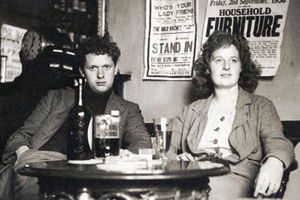
In the closing two years of the war most Londoners thought that the worst of the bombing raids were over. Instead, for a brief and intense period, a more sinister chapter of death from the skies opened. Flying bombs, launched from occupied Europe, flew into London. They were pilotless and practically without sound, except for a wail as they descended. They terrorised a war-weary people.* Many, who had braved the previous raids, felt that this was a horror too far. They sought refuge in quieter rural areas.

